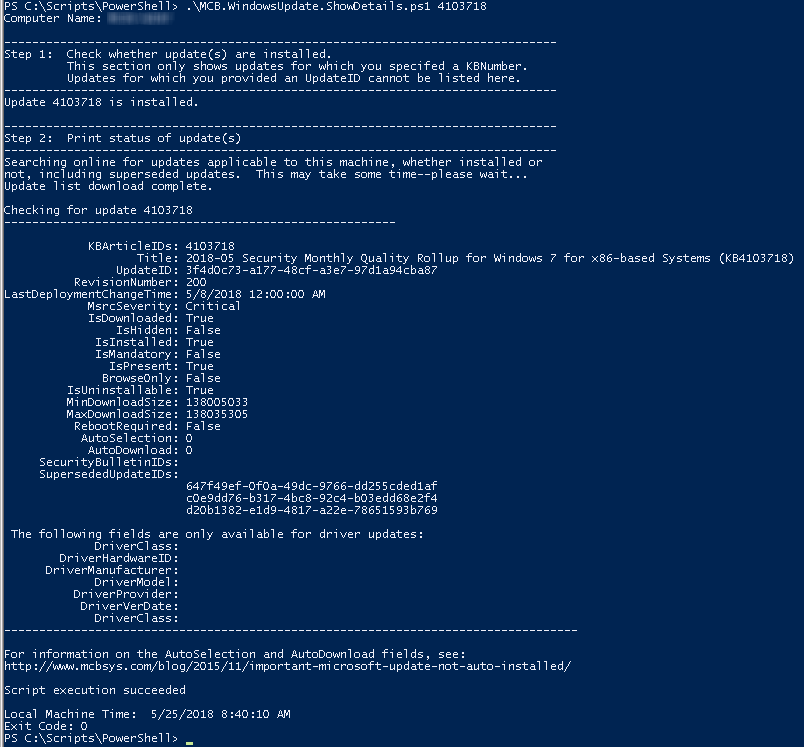Remember that KB that was updated to showcase that Microsoft was investigating the networking issues? https://support.microsoft.com/en-us/help/4103718
[See the full post at: Patch Lady – KB 4103718 no longer lists “investigation” note]
Susan Bradley Patch Lady/Prudent patcher



 (Apologies to Robert Benchley)
(Apologies to Robert Benchley)


